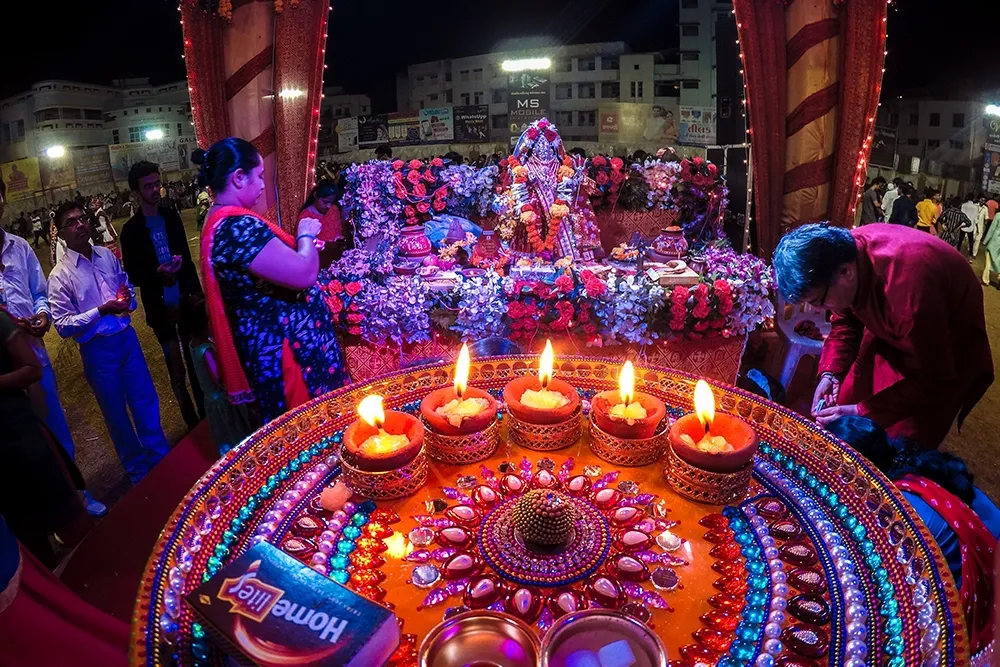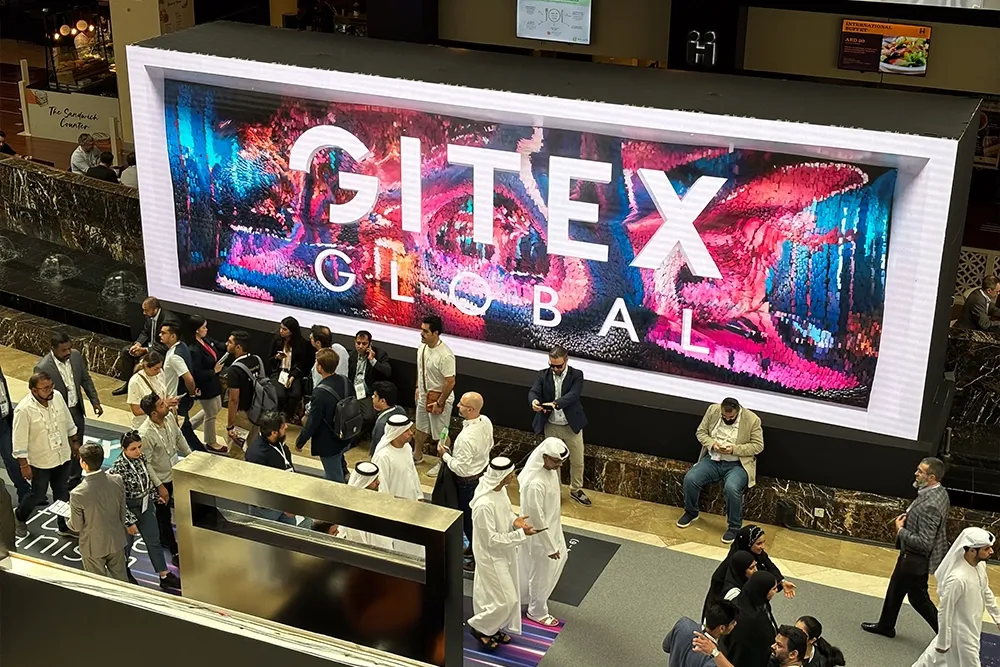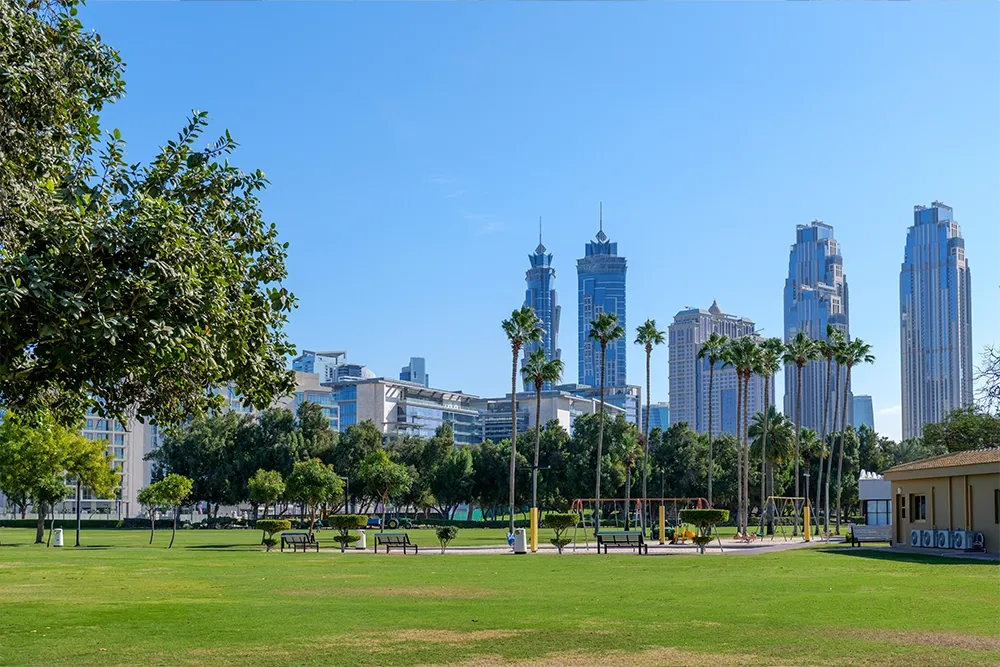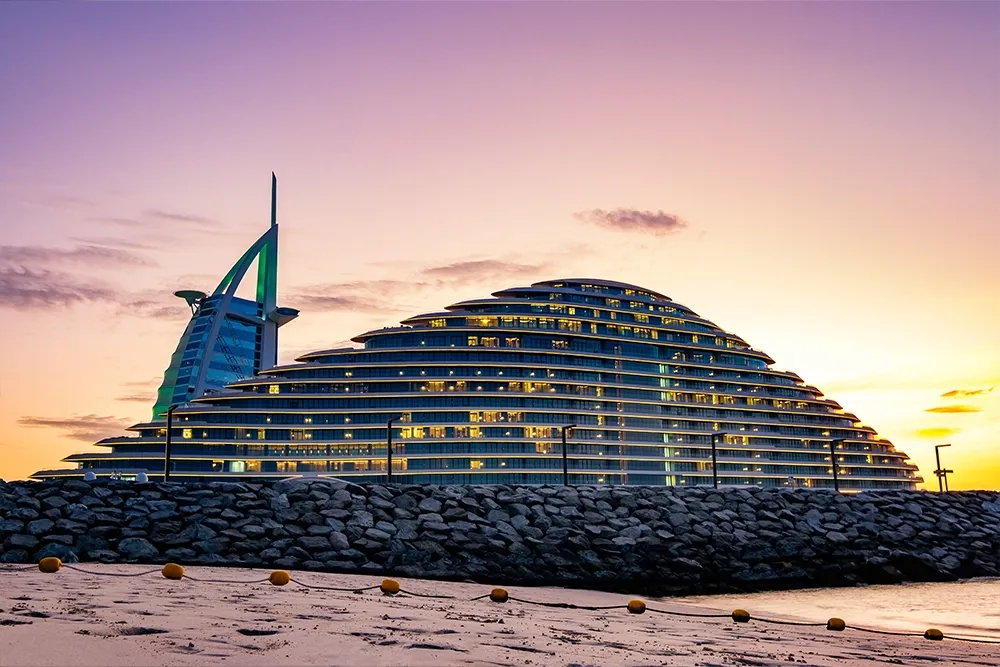Like the golden dawn of the first day of autumn, homes in India and Indian communities worldwide begin to shine with lights, colorful decor, and the infectious tune of devotional music. It is time for Navratri 2025, a festival that ushers in nine nights of divine celebration, rhythmic dance, and spiritual reflection. From ancient legend to contemporary celebration, Navratri remains a perfect blend of devotion, culture, and joy.
What is Navratri?
At its core, Navratri is a Hindu festival dedicated to Goddess Durga and her nine manifestations. The term ‘Navratri’ literally translates to ‘nine nights’, representing the nine forms of the Goddess, each embodying strength, wisdom, prosperity, and victory over evil. During these nine days, devotees engage in prayer, fasting, rituals, and community celebrations, creating a unique atmosphere of spirituality and exuberance.
The history of Navratri goes back hundreds of years and is rooted in Hindu mythology. According to legends, Goddess Durga fought the demon king Mahishasura for nine consecutive nights and finally defeated him on the tenth day, which is celebrated as Vijayadashami or Dussehra. The festival symbolizes the eternal struggle between good and evil and encourages devotees to embrace positivity, courage, and endurance in life.
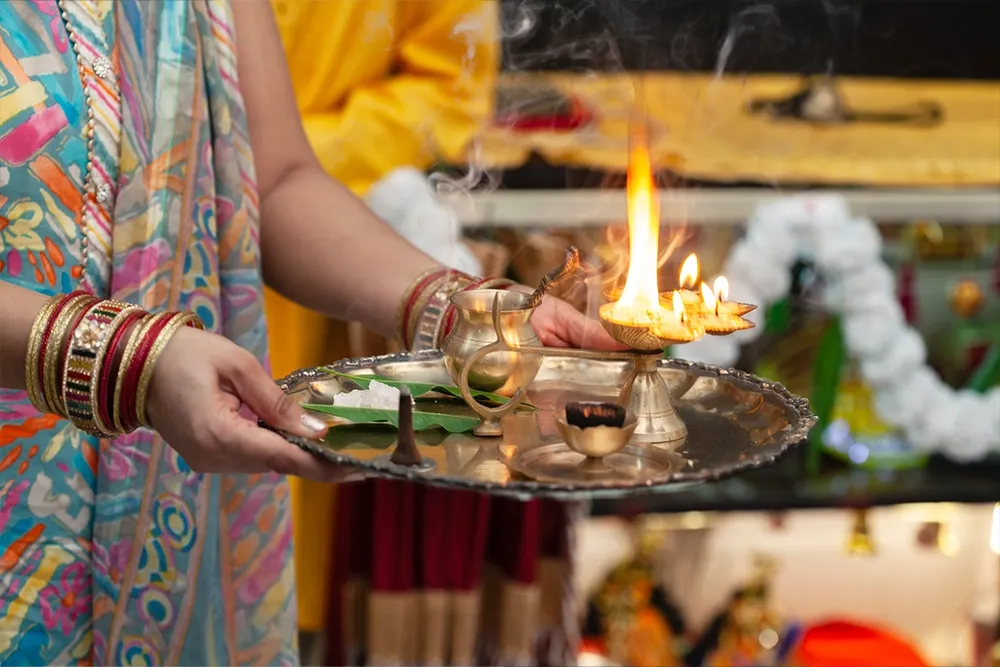
What are the 9 Days of Navratri 2025?
Every evening of Navratri 2025 is dedicated to a specific avatar of Goddess Durga, each having a significance and rituals of its own:
- Day 1 – Shailaputri: Shows the Goddess as the daughter of the mountain, signifying strength and grounding.
- Day 2 – Brahmacharini: Embodies devotion and penance, teaching discipline and spiritual consciousness.
- Day 3 – Chandraghanta: Represents courage and bravery, urging devotees to remove fears.
- Day 4 – Kushmanda: The originator of the universe, she is the giver of health and energy.
- Day 5 – Skandamata: Mother of Lord Kartikeya, she embodies motherly love and wisdom.
- Day 6 – Katyayani: A warrior goddess, she infuses us with confidence and strength.
- Day 7 – Kalaratri: Fierce and protective, she annihilates destructiveness and fear.
- Day 8 – Mahagauri: She represents purity, tranquility, and inner peace.
- Day 9 – Siddhidatri: Bestows spiritual enlightenment, prosperity, and supreme bliss.
These nine days are not only spiritually enriching but also culturally rich, with each day having unique rituals, decorations, and even regional variations at times.
What are the 9 Colours of Navratri in 2025?
One of the most exciting aspects of the Navratri festival is the tradition of wearing a specific colour each day. This year, the 9 Navratri colours in 2025 are:
- Day 1 – Orange: Signifies enthusiasm and energy.
- Day 2 – White: Represents purity and peace.
- Day 3 – Red: Signifies power and courage.
- Day 4 – Royal Blue: Represents calmness and wisdom.
- Day 5 – Yellow: Symbolizes happiness and optimism.
- Day 6 – Green: Symbolizes growth and harmony.
- Day 7 – Grey: Symbolizes balance and neutrality.
- Day 8 – Purple: Symbolizes ambition and spirituality.
- Day 9 – Peacock Green: Symbolizes prosperity and rejuvenation.
Not only do these colors contribute to the festive atmosphere, but they also align devotees' energies with the attributes of the Goddess of the day.
How to Fast for Navratri 2025?
Fasting is the most important tradition of Navratri, which is believed to purify the body and soul, and unite the devotees with Goddess Durga. How to fast for Navratri 2025 depends upon individual choice and regional traditions, but some common ways are:
- Full fast - Consuming only water or fruit juices.
- Partial fast - Taking a single meal in a day with sattvic (pure vegetarian) food.
- Fruit and milk fast - Eating fruits, milk, and nuts and avoiding grains and heavy food.
Some foods and habits are also avoided by the devotees during Navratri to observe spiritual discipline.
What To Avoid During Navratri?
It is traditional during the festival of Navratri to avoid:
- Non-vegetarian dishes and alcohol.
- Onion, garlic, and overly spiced food.
- Negative thoughts, gossip, and arguments.
- Excessive engagement in unrelated entertainment.
It encourages a detoxification of the body and mind, building self-control and a stronger connection with spirituality.
Navratri Festival Traditions
All over India, Navratri festival traditions vary, but the spirit is always devotion, dance, and community. In Gujarat, Garba and Dandiya Raas dances light up nights, with men and women in bright attire performing rhythmic rounds around a decorated idol or image of Goddess Durga. In West Bengal, Durga Puja entails beautifully crafted idols, cultural programs, and soaking communal celebrations.
Families adorn homes with mandaps (temporary altars) adorned with flowers, lights, and rangoli designs. Devotes recite prayers, sing hymns, and read holy books, rendering the atmosphere spiritually charged. Acts of charity are also performed by many, offering food and clothes to the less fortunate, highlighting the festival's message of compassion and selflessness.
In modern times, Navratri has become a festival that is a blend of convenience and tradition. People may go out to big cultural events or have personal celebrations at home. For those who venture out to multiple different celebrations or family homes, a weekly car rental in Dubai or other cities becomes the convenient choice, offering mobility and comfort in these busy nine days.
Navratri in Modern Life
Nowadays, the Navratri festival has bridged the past and the present. Through social media, online pujas, and Indian communities across the globe, people, even in distant hometowns, can partake in the spirit of the festival. The spirit remains the same: devotion, dance, and pride in one's culture.
For those families based in Dubai or other foreign cities, practical aspects such as comfort and transport become considerations. Booking a weekly car hire in Dubai for Navratri guarantees easy access to temples, community centers, and the homes of friends, enabling devotees to participate wholeheartedly in the celebrations without having to concern themselves with logistics.
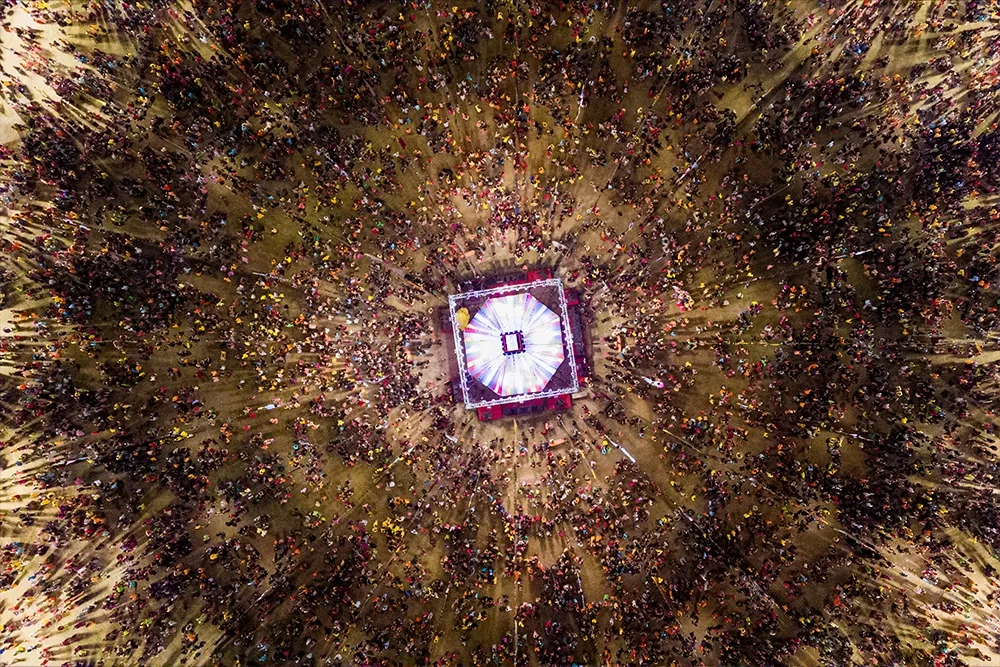
Navratri 2025 is not only a festival but a celebration of life, culture, and spirituality. From the nine days of Navratri 2025 to the 9 colors of Navratri in 2025, everything has deep symbolic meaning. Fasting, prayer, dance, and community activities all come together to make it a memorable experience.
By embracing old and new traditions, adherents across the globe continue to worship the Goddess, celebrate tradition, and revel in joy. Whether fasting, attending Garba, or simply decorating your home, Navratri invites everyone to become a part of a celebration of faith, culture, and enthusiasm.
This Navratri, let the music guide your dance, prayers uplift your soul, and festivities delight your heart—wherever you are, even if it's from the comfort of Dubai with a weekly car rental so that you don't miss a beat of the celebration.
FAQs
- What are the 9 days of Navratri in 2025?
The 9 nights of Navratri 2025 are dedicated to the nine forms of Goddess Durga: Shailaputri, Brahmacharini, Chandraghanta, Kushmanda, Skandamata, Katyayani, Kalaratri, Mahagauri, and Siddhidatri. Each day has special rituals and significance during the Navratri festival.
- Is today the 6th day of Navratri 2025?
To determine if today is the 6th day of Navratri 2025, you need to count the festival calendar starting from the first day of Navratri 2025, 22 September 2025.
- What is the real date of Dussehra in 2025?
The real date of Dussehra in 2025 is 1 October 2025, the tenth day after the nine nights of Navratri 2025, in celebration of Goddess Durga's victory over evil.
- What is the colour of Navratri 2025 on 22 September?
The colour of Navratri 2025 on 22 September 2025 (Day 1) is Orange, depicting energy and enthusiasm, according to the 9 colours of Navratri in 2025 tradition.
